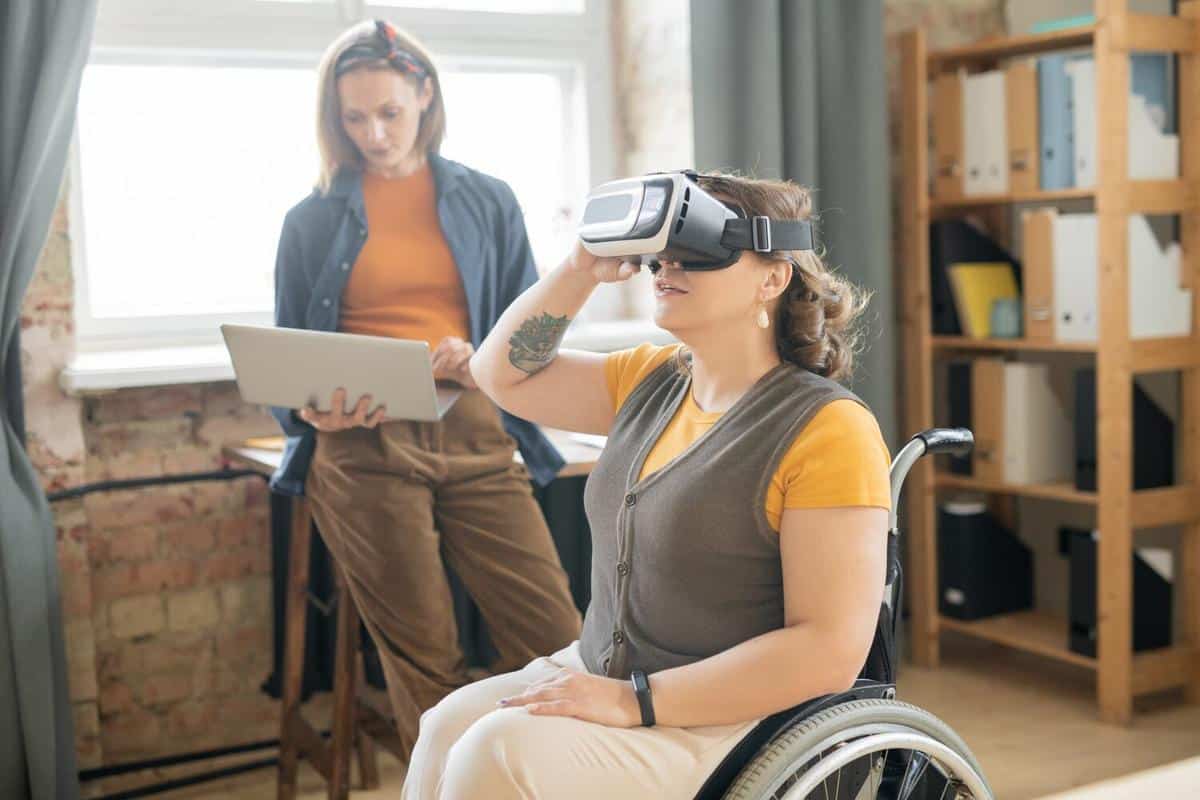
Personalized Learning Through Technology: Meeting Students Where They Are
Personalized learning through technology is revolutionizing education by tailoring experiences to individual student needs, fostering a more inclusive and effective learning environment.
Understanding Personalized Learning
Personalized learning is an educational approach that seeks to customize learning paths to meet the unique needs of each student. By leveraging technology, educators can provide resources and strategies that align with individual learning styles, paces, and interests.
Expert Insights
Dr. Linda Darling-Hammond, an esteemed education expert, notes that personalized learning can significantly enhance student engagement and achievement. She emphasizes the role of technology in providing real-time feedback and data-driven insights.
Statistics Highlighting the Impact
According to a report by the Gates Foundation, schools that implemented personalized learning saw a 20% increase in student performance compared to traditional methods. This highlights the potential for technology to transform educational outcomes.
Real-World Example
Consider Emily, a high school student who struggled with traditional teaching methods. Through a personalized learning platform, she received tailored lessons and real-time feedback, allowing her to excel in her studies. Her story exemplifies how technology can cater to diverse learning needs.
Actionable Tips for Implementing Personalized Learning
- Integrate adaptive learning software to offer customized content.
- Use data analytics to track student progress and adjust learning paths.
- Encourage student participation in setting their learning goals.
- Leverage multimedia resources to cater to different learning styles.
Resources for Further Exploration
For educators keen on exploring this approach, websites like EdTech Magazine offer valuable articles and resources.
Frequently Asked Questions
What is personalized learning?
Personalized learning tailors education to individual student needs, preferences, and interests, often using technology.
How does technology facilitate personalized learning?
Technology provides tools for adaptive learning, real-time feedback, and data analytics to customize educational experiences.
Are there any challenges to personalized learning?
Challenges include ensuring equitable access to technology and training educators to effectively use personalized learning tools.
Conclusion
Personalized learning through technology is paving the way for a more adaptable and effective educational landscape. By meeting students where they are, educators can foster a more inclusive and engaging environment. To embrace this shift, consider starting small, gathering data, and continuously refining strategies to best support student success.